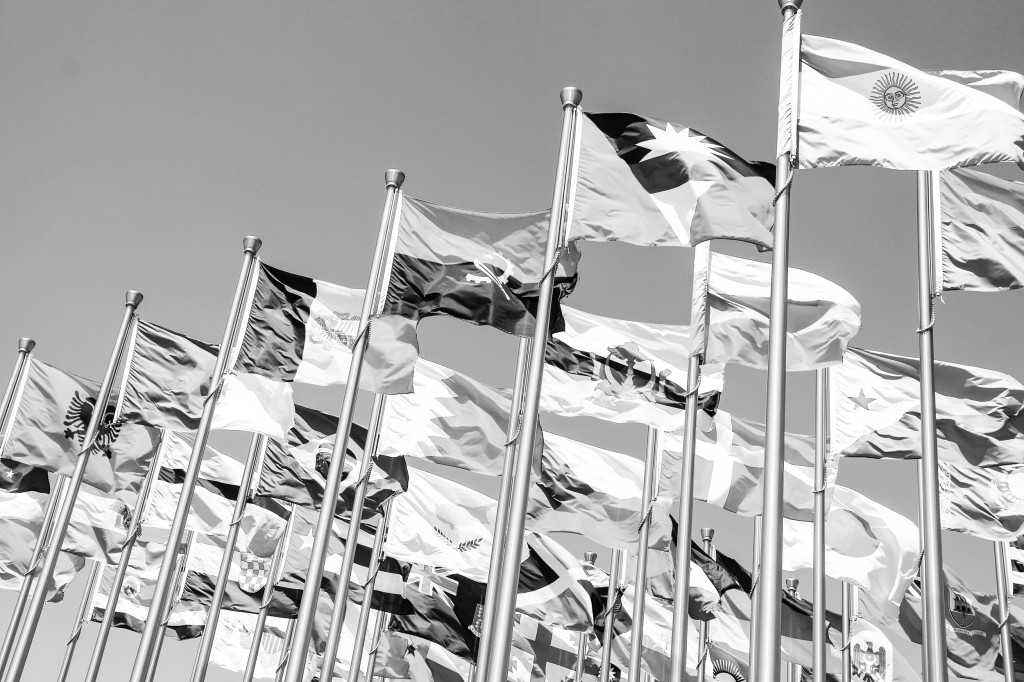CEE Markets Are Not Created Equal
For a long time, all CEE countries were considered as one entity, labeled the ‘Soviet Bloc’. But it is all too easy to see the CEE region as a whole and one.
This may lead to overlooking that most markets started to develop in their own way, reflecting the specific mentality, traditions and aspirations of individual societies. New countries were formed in place of the former Soviet Union, Yugoslavia, and Czechoslovakia; most of them joined the European Union and others are still waiting. Some, like Ukraine, may never become members.
There are only two things that all these markets really share: strong economic growth (albeit interrupted here and there by a financial crisis) and a good share of communist-time nostalgia. You may know that France is different from Germany and both are different from Italy; but who can tell what makes Romania different from Hungary and from Poland?

At Inquiry we value the Hofstede model to describe different cultures, as it relates directly to marketing issues. The model is based on the five dimensions, which were found to best represent differences between countries.
- Power Distance Index (PDI – it reflects the extent to which the less powerful members of organizations and institutions (like the family) accept and expect that power is distributed unequally.
- Individualism (IDV) and its opposite, collectivism i.e., the degree to which individuals are integrated into groups.
- Masculinity (MAS and its opposite, femininity, refers to the distribution of roles between the genders, which is another fundamental issue for any society.
- Uncertainty Avoidance Index (UAI) describes a society’s acceptance of uncertain situations. High UAI indicates that people feel rather uncomfortable in situations that are novel, unknown, surprising, or different from usual and perceive them as threatening.
Among the CEE markets, Slovakia and Romania score very high on Power Distance. Therefore, power and social status are important values that are frequently represented in advertising. Wealthy people like to show their social position and the less successful ones accept this.
Slovakia is also high on masculinity but Romania is not – in the latter country, values like caring for other people and emotional relationship are highly appreciated. Romania is also very low on IDV (the same refers to Bulgaria) – it is really a ‘collective’ society, where people define themselves in relation to others. This strongly influences behavior such as choice of clothing and attitudes towards cosmetics.
Among the CEE markets, Poland has the highest UAI score. This makes Polish consumers likely to respond to specific kinds of communication, especially those regarding solutions to their problems. As consumers, they are more conservative than others.
Hungary is a society that values homogeneity – the PDI score is very low there. In Hungary, power and status are mistrusted. The Czech Republic does not stand out on any of these dimensions but the striking observation is how different it is to Slovakia. This helps to understand why the two countries decided to divorce! Today, Czech society is more similar to Germany than to its other neighbors.
Last but not least, each CEE country has its own brand heritage. Some brands, such as the soft drink Kofola in the Czech Republic, are so strong and beloved that not Western corporation can beat them. Others have found new creative ways to win local consumers after being taken over (like Dacia in Romania, which was acquired by Renault).
Inquiry Market Research provides research services across all CEE markets, including Poland, Russia, Czech Republic, Hungary, Romania and more.




